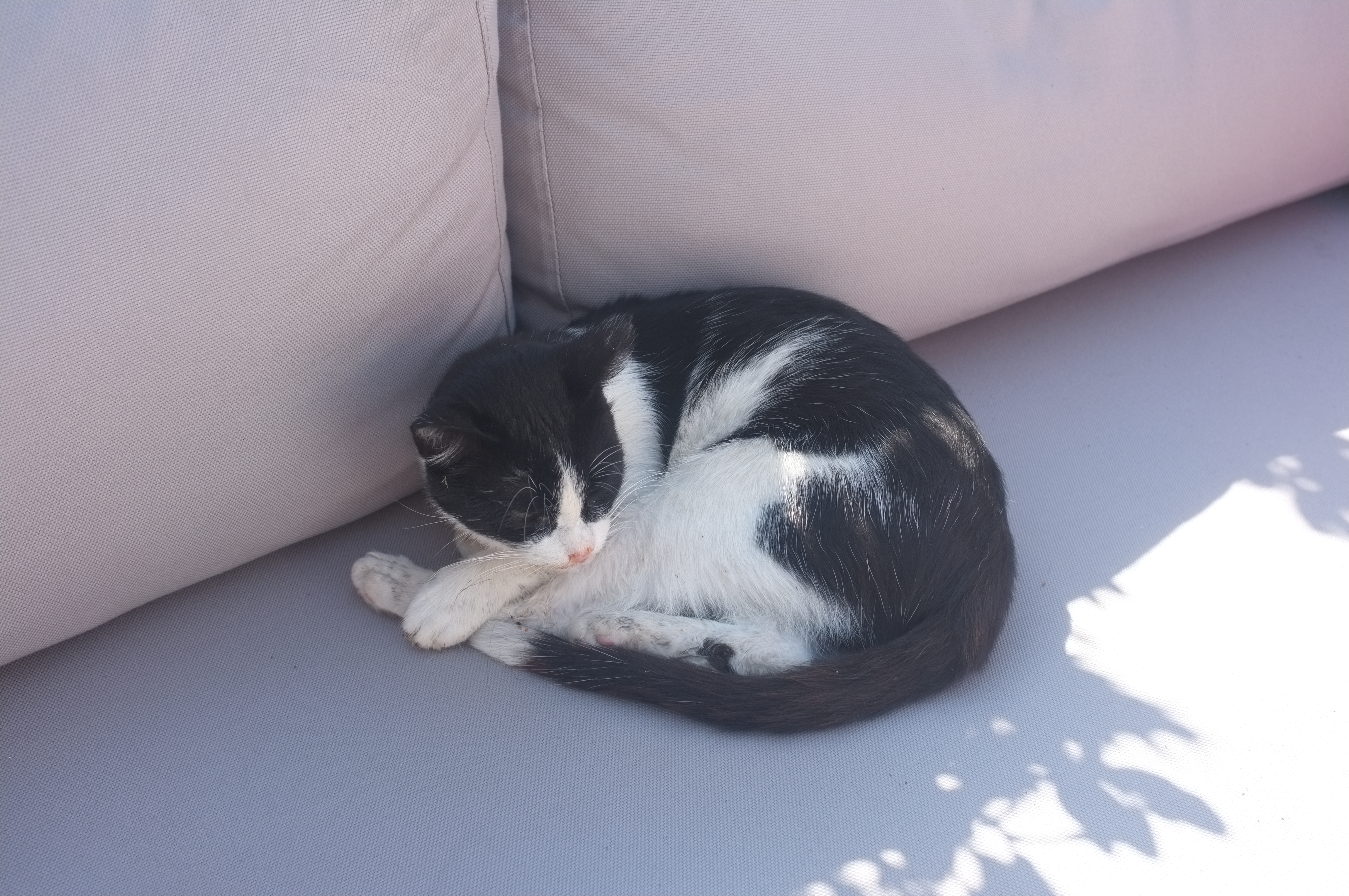The Myers-Briggs, or MBTI (Myers-Briggs Type Indicator) was created by Katharine Cook Briggs and her daughter, Isabel Briggs Myers in the early 1900s in the United States. In 1921, Carl G Jung published Psychological Types, which Myers and Briggs read in 1923. They noticed many similar ideas between their work and adapted some more developed ideas. During World War II, Myers believed that if we all understood each other, then we would have less conflict. Myers spent the next 20 years developing her theory and finding the best questions to make the assessment as accurate as possible. To learn more about the Myers-Briggs visit The Myers-Briggs Company
The 16 personalities are a way of classifying all human beings into base characteristics. The assessment tests on four different categories. Introverted vs Extroverted, iNtuitive vs Sensing, Thinking vs Feeling and Perceiving vs Judging. I am an INTP, meaning I am Introverted, iNtuitive, Thinking, and Percieving. Contrary to popular belief, these personality types do not put people in a box; rather, they help us understand our natural tendencies so we can go about our lives in a more productive fashion. The official Myers-Briggs is a very long test that costs $15-$40. Luckily there are several shorter options that are offered for free. These are the two websites that I have found very helpful.
Personality Junkie offers a quick test that yields accurate and insightful results, the catch is it requires an email/confirmation process that can be slightly bothersome.
16Personalities is a longer test with questions that are slightly harder to answer, I have found it to be slightly less accurate than Personality Junkie, but it does not require an email to take the test. It offers a different set of insights, but I still found them to be quite eye-opening. The format is very fun and if you make a free account, you can access their articles and take surveys.
